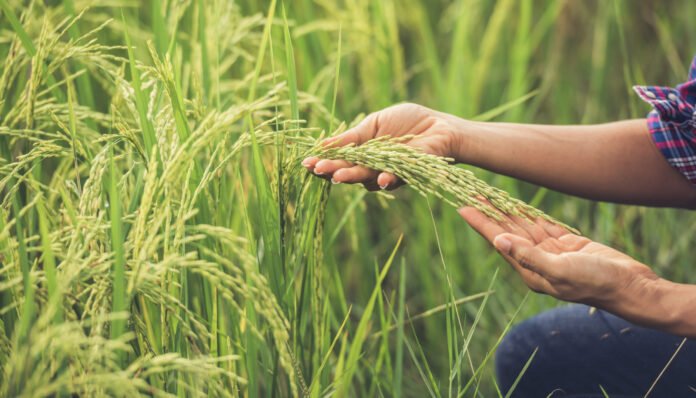Thursday, 13 November 2025

Image Source: Infocuspix
As Indian agriculture begins pivoting toward sustainability and market-driven diversification, Haryana has emerged as a state to watch. The government has set an ambitious target to bring one lakh acres under natural farming, with current adoption nearing 10,000 acres. To support this transition, a dedicated mandi has been established in Gurugram, a move that sends a strong signal to both producers and buyers about the state’s long-term intent to institutionalize nature-based agriculture.
The mandi includes an in-house laboratory for quality testing, and a price discovery mechanism through a designated committee—an unusual but pragmatic model that blends scientific grading with assured procurement. For farmers often hesitant to switch from high-input farming systems, such infrastructure could serve as a behavioural nudge, reducing market risk and enhancing trust.
Announcing these measures at the 7th Fruit Festival Fair in Ladwa, Agriculture Minister Shyam Singh Rana made it clear that Haryana’s strategy is not just about incremental change but systemic transformation. His call to move away from the wheat-paddy rut toward horticulture, fisheries, beekeeping, and dairying echoes larger national concerns about groundwater depletion, monoculture risks, and climate vulnerability.
Backed by Indo-Israel agricultural technology, the Sub-Tropical Fruit Centre in Ladwa, operational since 2016, is now producing over one lakh saplings annually and driving research on key fruits like mango, litchi, pear, peach, and sapota. Plans to build 17 such centres—11 of which are already complete—demonstrate the scale at which Haryana is investing in horticulture-led rural economies. Specialized sub-centres for litchi in Ambala and strawberries in Yamunanagar further reinforce this multi-crop vision.
The minister’s emphasis on Bhavantar Bharpai Yojana, under which the government compensates farmers selling below the Minimum Support Price (MSP), adds a layer of financial security. Such mechanisms will be vital if Haryana wants to successfully scale nature-positive practices without triggering income insecurity among smallholders.
Honouring progressive farmers with cash rewards and public recognition at events like the Fruit Festival may seem symbolic, but it’s part of a larger political economy where early adopters become influencers within the rural innovation ecosystem.
Haryana’s multi-pronged push—from creating physical markets for natural produce to aligning institutional credit, R&D, and price support—is shaping up as a live policy experiment in sustainable agriculture. If it succeeds, it could provide a replicable framework for other states navigating the tightrope between productivity, profitability, and planet-friendly farming.